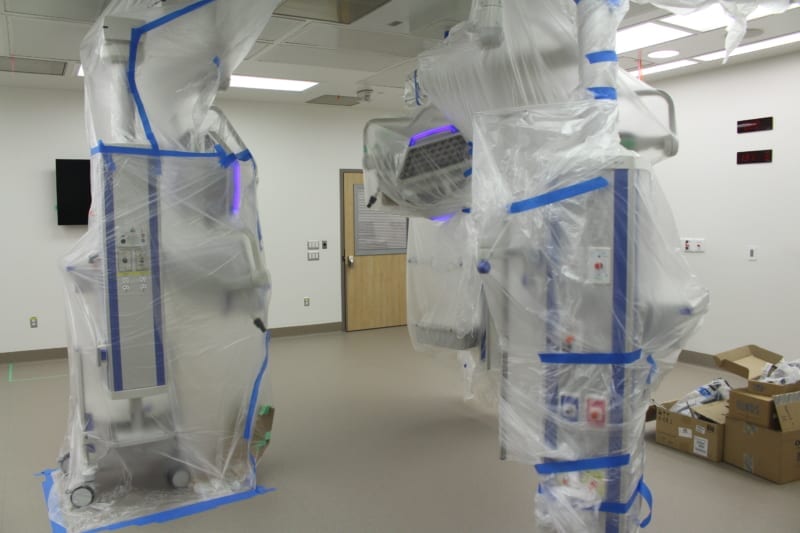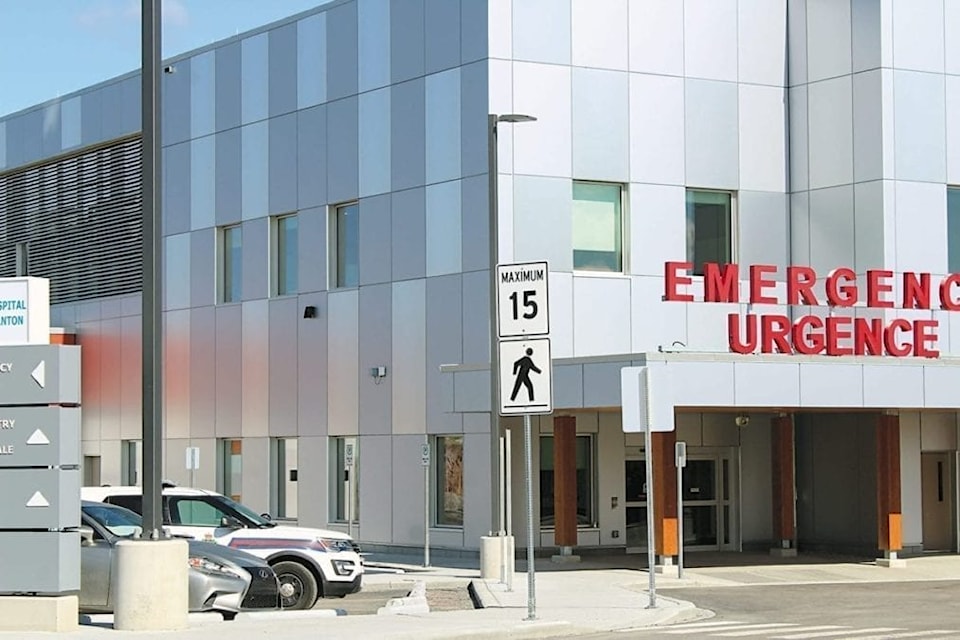The issue: Issues with new hospital
We say: Fix them fast
The arrival of Stanton Territorial Hospital in 2019 was eagerly anticipated by medical professionals and the general public alike.
Yellowknife's very first Stanton Hospital was built in 1938, with the Stanton Yellowknife Hospital erected in 1967. In the 1980s, a new Stanton Territorial Hospital was constructed – "equipped with the most modern systems and equipment available" – and remained the acute care centre for Yellowknife, the NWT and the Kitikmeot region of Nunavut until the $350-million Stanton Territorial Hospital opened in May 2019.
Doubling the square footage of the old brick building, Stanton is the single largest building infrastructure project in GNWT history. It is a public-private partnership (P3) project agreement between the GNWT, Boreal Health Partnerships and private developer Stanton Ventura Inc., with the design and build by Bird Construction, Clark Builders and Vancouver-based Kasian Architecture.

Brett McGarry / NNSL photo
"New Stanton brings the opportunity to improve the way health services work, to improve the comfort and care delivered to northern residents, and to advance broader work on health system transformation," states the Health and Social Services Authority (NTHSSA).
However, the city's new architectural landmark has been plagued with problems since it opened, with water leaks, mould and climate control issues triggering numerous complaints.
In his Tales From the Dump column published Friday – that name being ironically appropriate in this instance – Walt Humphries details his recent visit to the new hospital, during which he wrapped himself in a "blanket cocoon" to stay warm.
"I was in a brand new hospital that couldn't adequately heat itself. It was as if high tech was slipping back into the dark ages," he writes.
After the hospital opened, dust was a major issue in the dialysis area. A series of "Code Brown" alerts were made after garbage pails not being placed in rooms resulted in patients and staff clogging pipes and causing leaks.
Parts of the hospital are too hot, some just right, but many just plain cold, especially as the normal winter temperatures arrived.
The main entrance's doors don't effectively keep blasts of cold from swirling through the large foyer.
A media report stating hospital staff allege the contractor had no training in CSA standards for parts of the hospital.
In an email obtained through an access to information request by CBC North, health emergency planner Carolyn Ridgley stated: "I feel there is a complex lack of accountability and this needs to change if we are to know what we are doing is right by the facility, staff and patients."
It was also announced this week that Kim Riles, chief operating officer of Stanton Territorial Hospital, is leaving the position eight months after the new hospital opened its doors.
Riles, who assumed Stanton's job top in August 2018, asked to be transferred back to her "home position," as executive director of Clinical Integration in NTHSSA territorial operations.
Riles will stay on as Stanton's chief operating officer (COO) during the recruitment process for her replacement, the health department states.
Speaking of staffing issues, the Union of Northern Workers has met with nurses to address allegations of poor working conditions and staff shortages.
It has been a longtime struggle for Stanton to retain and recruit nurses. That's nothing really new.
There are challenges recruiting skilled health positions in remote and rural communities across Canada, so it just makes sense to provide the ones we have – and we have a host of extremely talented and caring doctors, nurses and other medical staff – the best workplace and working conditions possible.
The NTHSSA needs to do an examination of hospital deficiencies and at very least explain to the public how it intends to address them.
And the authority should be pursuing any contractor costs associated with that, if warranted.
The GNWT needs to be able to staunch the bleeding of bad headlines that Canada's very limited pool of medical professionals are seeing as they might be considering a move.
Why would they want to work at a place that is falling apart and even dangerous?
This needs immediate action. It's hard enough to get qualified medical personal as it is – and these problems certainly don't bolster public confidence of the hospital's safety either.
